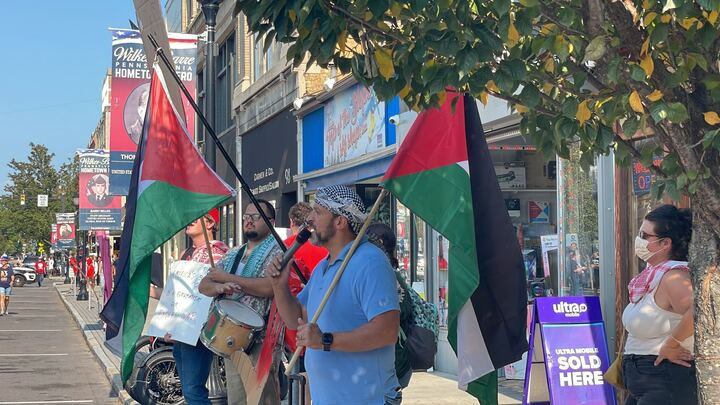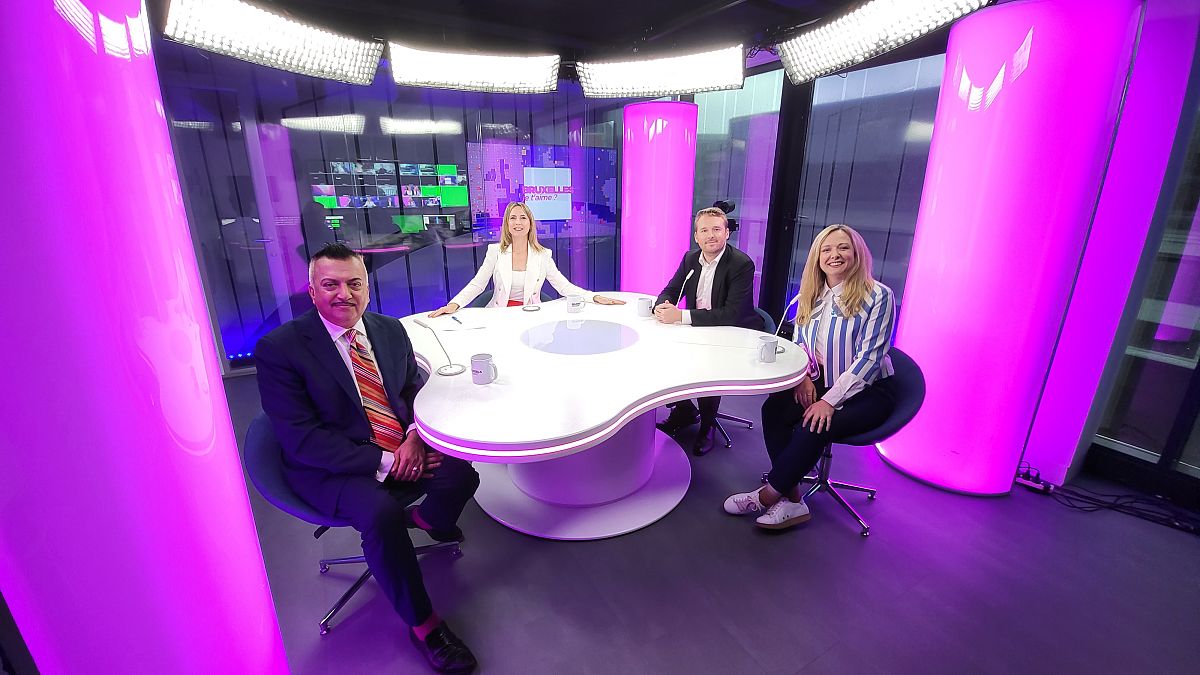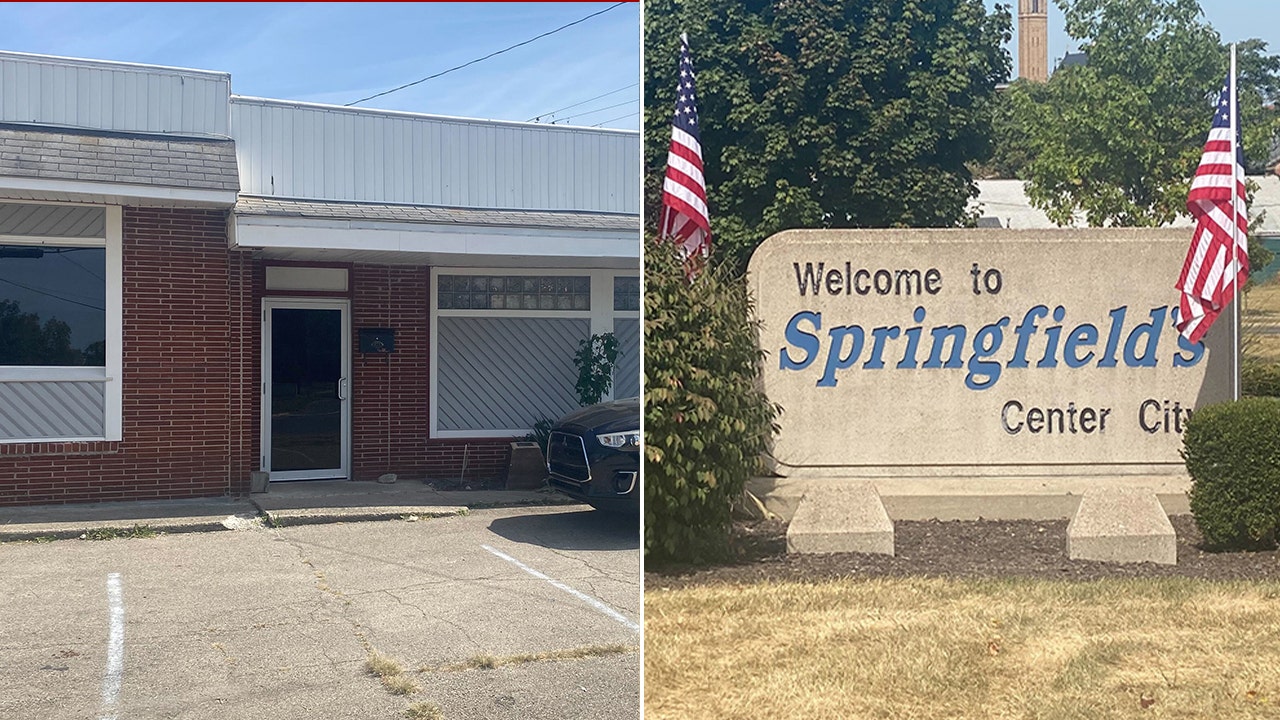Washington
Chris Mason: Joe Biden and Keir Starmer try to second guess Putin
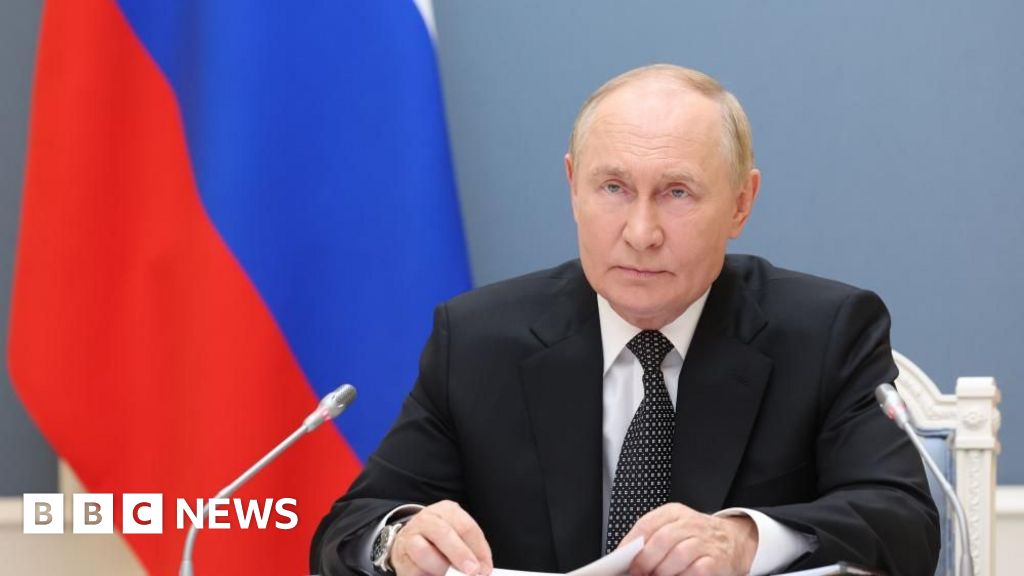
In the hours before the prime minister was taken by motorcade to the White House, he and his team were in a secure room at the nearby British Embassy.
This is a room designed for conversations spies are not meant to hear, however sophisticated their techniques for eavesdropping and intercepting digital exchanges.
The Downing Street team were talking to British government staff in Ukraine and Russia, assembling their briefing and approach for their forthcoming conversation with President Biden.
They arrived at the White House in the late afternoon Washington time, the president showing Sir Keir Starmer around the Rose Garden before heading for the Blue Room.
On each side of a long rectangular table, the two delegations, the prime minister and president with seven colleagues each alongside them.
For just a few minutes, we reporters were invited in too.
Warm words from the leaders followed by loud questions and prompt ejection for the journalists.
What followed was about 90 minutes of conversation in private.
Ukraine dominated, but not to the exclusion of other issues – not least the Middle East, China and Iran.
Downing Street had sought in advance to portray this as an opportunity for a deeper conversation than the usual round of international summits often allow.
But why bother when President Biden is soon to be yesterday’s man, out of office, power and influence in four months time?
The urgency of the issues on the table, I am told.
Take Ukraine: an ally of both the UK and the US, still in desperate need of ongoing help as its friends weigh up how best to provide it – and at what cost.
The UK has been “forward facing” as it was put to me in making the case to others to agree to Kyiv’s request to be allowed to fire western missiles into Russia.
President Biden is sceptical, fearful it could drag America and Europe into direct conflict with Moscow.
That is just what Vladimir Putin has been hinting at in the last few days.
Then again his sabre rattling in the past hasn’t come to much, so perhaps it wouldn’t again?
But maybe, this time, it would.
Diplomacy and intelligence turning to the psychology of a leader at war, attempting to second guess how he might react.
Would he really contemplate a military attack on a Nato member state – with the frightening potential of hauling the whole western alliance into war with Russia?
And, if not that, would Ukraine’s allies stomach lower level aggression in retaliation, such as cyber attacks or damaging sub-sea communication cables?
There was little expectation this meeting would resolve the question about western missiles, not least because further conversations with others at the United Nations are expected shortly.
Afterwards, the prime minister wouldn’t be drawn on whether he had persuaded the president to change his mind.
This is a conflict without obvious end which presents too no end of thorny dilemmas based around a recurring theme: how to defeat Russia without provoking Moscow.
What could be the consequences of action?
And what could be the consequences of inaction?
It is the essence of the West’s challenge since the full scale invasion of Ukraine two and a half years ago.

Washington
Washington Bridge updates: McKee lobbies feds, and keeping tabs on eastbound side • Rhode Island Current

Gov. Dan McKee spent part of this week in Washington D.C. as the state’s top lobbyist in an attempt to secure federal funding to cover the still-to-be-determined cost of rebuilding the westbound Washington Bridge.
The governor met with Senior White House Adviser Tom Perez Wednesday to get President Joe Biden’s administration to approve a $221 million grant application currently pending before the U.S. Department of Transportation. State officials expect to know whether Rhode Island is awarded the federal money sometime in the fall.
So how did the lobbying effort go? “Good,” McKee said during his weekly “Ask the Governor” interview with WPRO’s Gene Valicenti Thursday.
“We just made it clear that this is a high priority,” McKee said. “It is a competitive bid, we’re competing with the country — but I believe the case we’re making is one that represents how critical this is and how much an issue this is for the people that live in our state.”
The governor also connected with his predecessor, U.S. Commerce Secretary Gina Raimondo, about trying to sway the Biden administration on the state’s behalf, McKee spokesperson Olivia DaRocha said in an emailed statement.
“What we’re doing is taking every possible person who could help us be successful,” McKee told Valicenti.
Financials behind the rebuild project are expected to be clarified after the state issues a second request for proposals. The initial request — posted April 30 with a July 3 deadline to respond — drew no bidders.
When the new round of bidding opens is anyone’s guess.
Vendor feedback to shape new Washington Bridge bid specs not being made public
“It should be soon, but no dates have been put out,” Rhode Island Department of Transportation (RIDOT) spokesperson Charles St. Martin said in an interview Thursday.
The state’s continued push for federal dollars comes as bridge deck and beam demolition is underway on the westbound highway, which has been closed to traffic since December. That work is being done under a $45.8 million contract between the state and Warwick-based Aetna Bridge Co.
RIDOT does not expect traffic on the eastbound span to be affected by the ongoing demo work — though it has resulted in ongoing night time closures to portions of Gano Street in Providence for the next couple of weeks. State transportation officials also plan to close Waterfront Drive in East Providence for one week starting Sept. 17.
The superstructure of the bridge is expected to be torn down by the end of January, according to the proposal Aetna submitted to RIDOT. Rhode Island Current submitted a records request for Aetna’s full demolition plan on Sept. 3, but still has not received a response from RIDOT as of Friday.
State monitoring weight on eastbound bridge
No implosions will occur, St. Martin said — that way debris doesn’t fall into the Seekonk River and it will protect the adjacent eastbound span, which now carries traffic in both directions.
Increased traffic on the eastbound has caused some concerns at RIDOT, as the state in May paid $2.8 million to Swiss-based technology company Kistler to install monitoring systems meant to keep track of the bridge’s structural health.
“The eastbound Washington Bridge has become considerably more sensitive since the closing of the westbound bridge,” RIDOT engineer John Priess wrote in an April 25 request form.
Kistler was chosen through a sole source procurement — meaning a public bid process was not required. St. Martin said Thursday that was because “no other companies contacted about this technology could provide the combined analysis RIDOT sought.”
He added the new monitoring system is a precautionary measure.
“One of the great things about this system is that it will use multiple communications channels to notify RIDOT in real time if any issues are detected,” St. Martin said in an emailed statement. “This purchase should provide peace of mind to anyone who has concerns about the increase in traffic now that there are six active lanes on the bridge.”
There are no plans for weight restrictions. Installation is expected to be complete in October.
What about that lawsuit?
Litigation against the 13 firms who previously worked on or inspected the bridge before its sudden closure is still in its early stages. As things pick up, the Rhode Island Office of Attorney General confirmed Friday it will post filings on its website as they become available.
Spokesperson Timothy Rondeau declined to say when that would begin.
There have been no major filings since the lawsuit itself was filed in mid-August aside from one hearing to get on the Superior Court’s business calendar and attorneys signing on to represent the defendants.
GET THE MORNING HEADLINES DELIVERED TO YOUR INBOX
Washington
White House officials signal delay in U.S. Steel takeover decision

Washington
September 11, 2001, in Washington, D.C.

Another sad anniversary of one of our nation’s darkest days, the September 11 attack on the United States, has again passed.
Much has been written about those who gave their lives in New York, Shanksville and Washington. There are so many stories of heroism and sacrifice. On Wednesday, we honored them again.
On September 11, 2001, I lived in Northern Virginia, 20 miles south of the Pentagon, where we had lived for many years. As I left for work that morning, I noticed how incredibly blue the sky was. It was almost like a painting. It was stunning. It was the same clear blue sky in New York, according to newscasters there.
The last hijacked plane, Flight 77, crashed into the Pentagon at 9:37 a.m. Lives everywhere in our area were changed immediately. Everyone seemed to know someone at the Pentagon who did not survive or was injured.
One friend knew someone on Flight 77 that crashed into the Pentagon. Our receptionist at work had a neighbor at the Pentagon, who was not too far from the impact. She had crawled through the smoke and loose wires that served as a makeshift guide to lead people to safety. A White House network correspondent friend of mine had just walked into the West Wing.
Alarms were going off and Secret Service agents were running everywhere. It was total pandemonium. There are so many more stories.
For my family, my daughters will never forget where they were at the time of the crashes. My oldest daughter lived in an apartment building perilously close to the Pentagon. She heard the crash. She soon saw helicopters flying by her 14th floor window, so close you could see the pilots’ faces. I told her to get on I-95 and get home. She didn’t even make it one mile in four hours. She gave up and went back to her apartment.
My middle daughter was a freshman at UT. She heard about the hijackings. Her father happened to be at the Pentagon that day. She was so upset that her history teacher excused her from class. She was able to reach her father, and all was well. He was in an opposite “ring” of the Pentagon from the plane’s impact.
Because the situation was so unknown and volatile, my youngest daughter was in lockdown at her northern Virginia high school.
We lived about a mile (the way the crow flies) from the Potomac River in Woodbridge, Virginia. At all hours, it was normal to hear planes approaching and taking off from Reagan National Airport. We were on the flight path.
Suddenly, after 9:37 a.m. the sounds of commercial aircraft stopped. We heard new sounds coming from the skies. Military jets scrambled and regularly patrolled the Potomac River corridor. They were from everywhere – Andrews AFB (now called Joint Base Andrews), Langley AFB and bases in North Carolina and Pennsylvania. They were so close the house rumbled. It sounded like a war zone. Sometimes there were helicopters. This went on for about three weeks.
On 9-11 and for days afterward, the sky remained unusually blue and clear.
Melanie Staten is a public relations consultant with her husband, Vince.
-
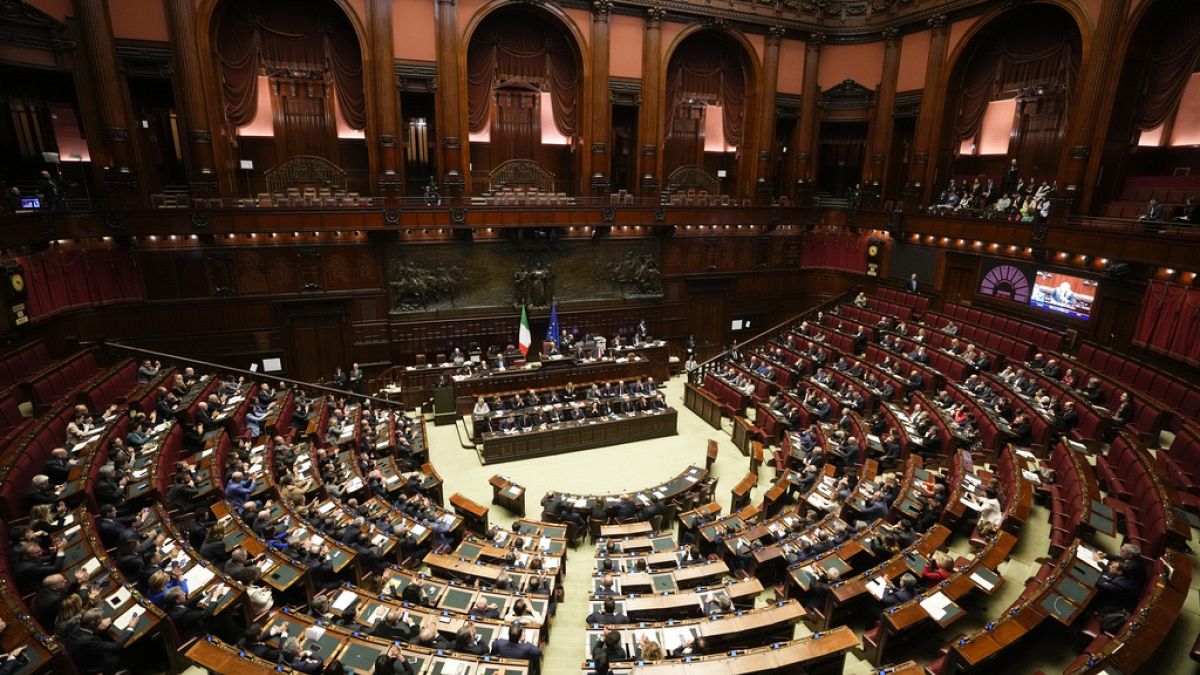
 World1 week ago
World1 week agoMeloni says 'we are making history' as Italy’s FDI reviews progress
-
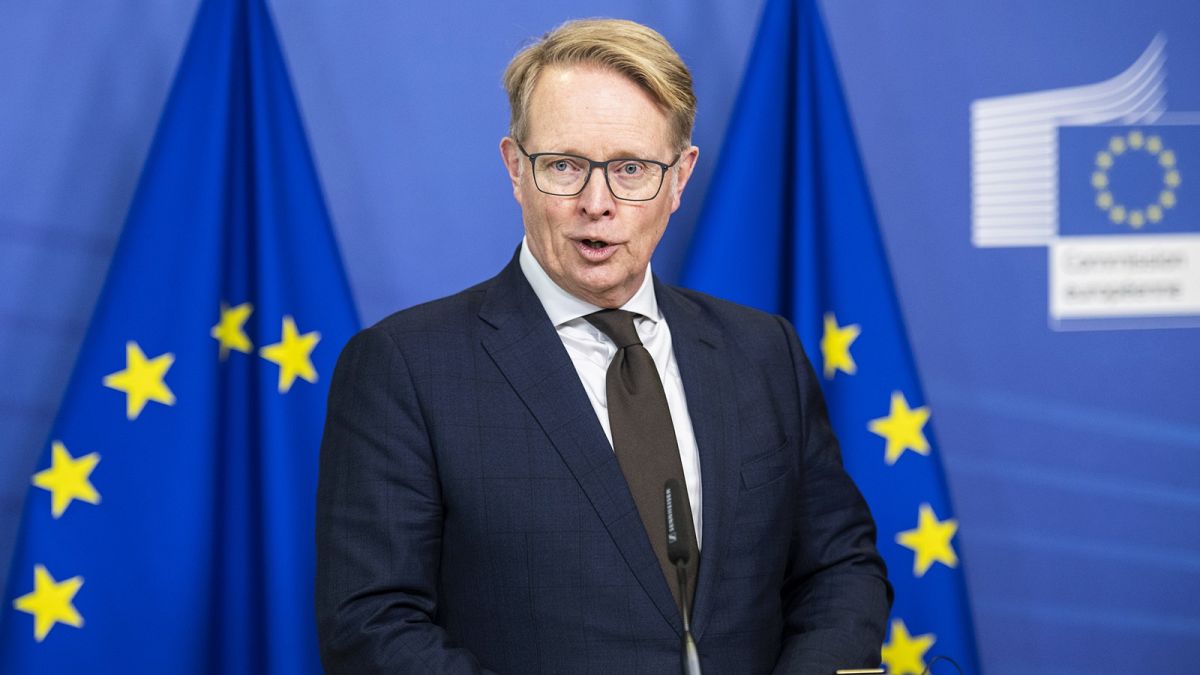
 World1 week ago
World1 week agoFrontex chief: NGO rescue ships don't embolden Mediterranean migration
-

 World1 week ago
World1 week agoHow Venezuela’s recent history can inform its present-day election crisis
-
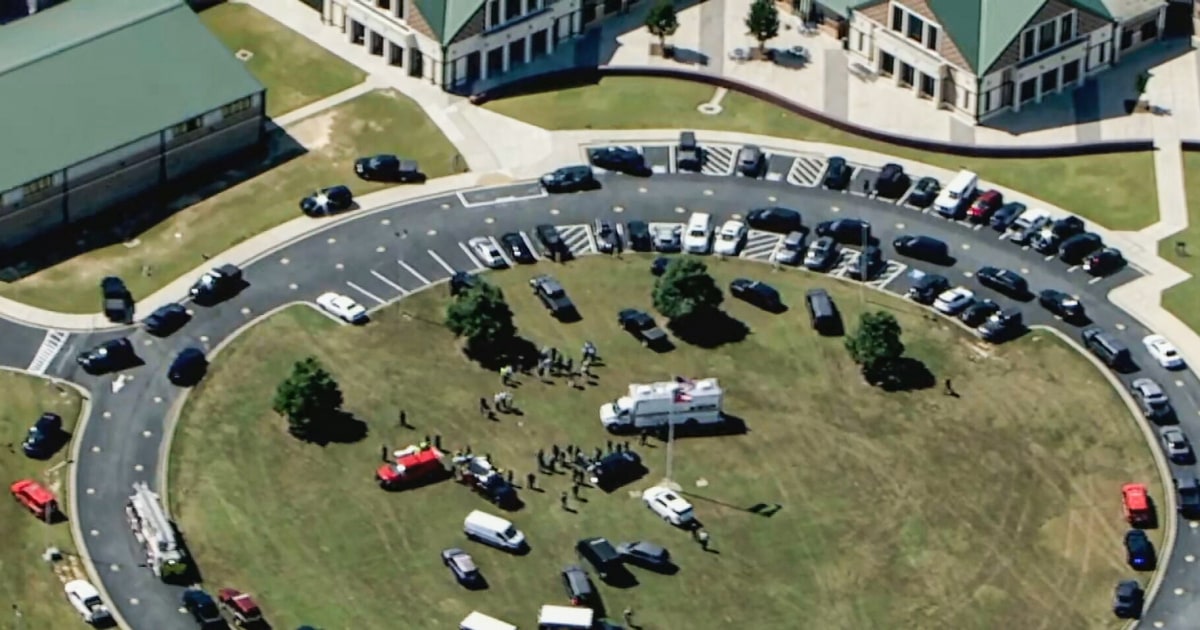
 News1 week ago
News1 week agoGeorgia school shooting live updates: Casualties reported at Apalachee High School, suspect in custody
-

 World1 week ago
World1 week agoIsraeli forces using ‘war-like’ tactics in occupied West Bank: OCHA
-
Business1 week ago
Beverly Hills is dragging its heels on a new building. The governor says: Build it
-
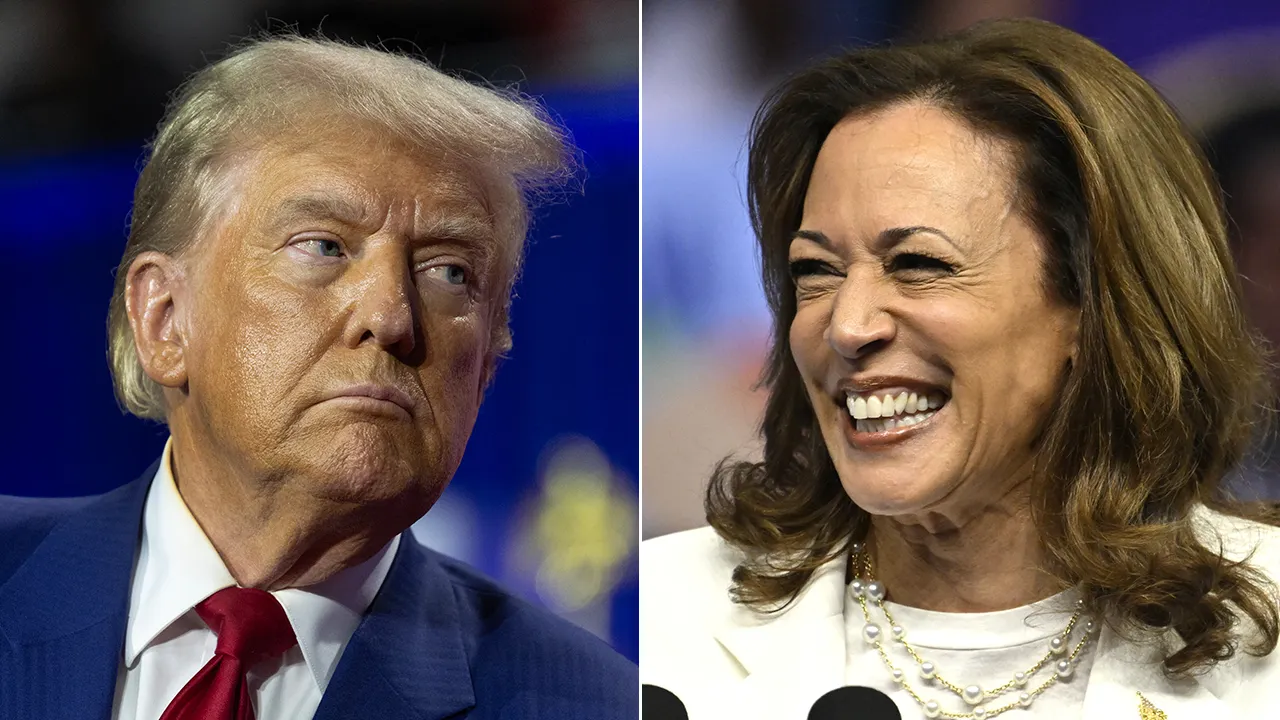
 Politics1 week ago
Politics1 week agoTrump, Kamala aiming for the middle with varying degrees of success
-
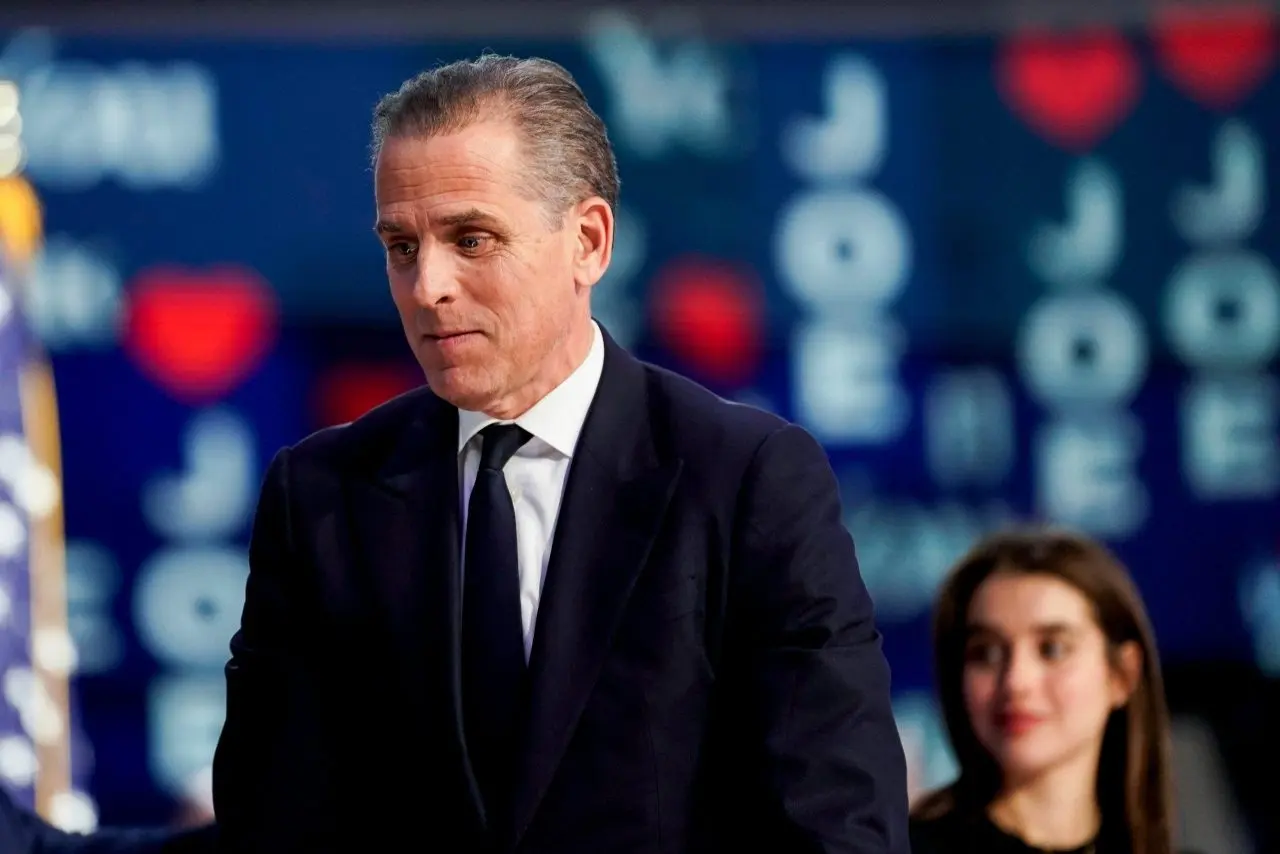
 Politics1 week ago
Politics1 week agoHunter Biden's criminal tax trial begins with jury selection in California










